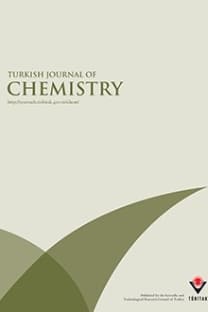3D-QSAR/HQSAR-based analysis of bioconcentration and molecular modification of monophenyl aromatic compounds
Aromatic compounds bioconcentration, three-dimensional quantitative, holographic quantitative structure-activity relationship,
- ISSN: 1300-0527
- Yayın Aralığı: 6
- Yayıncı: TÜBİTAK
Bing Ren TIAN, Rui Xia ZHANG, Hui Min CHU, Qing HUANG, Zhi Zhong WANG
Masoumeh FARIMANEH, Giuseppe BRUNO, Anahid SANEEI, Mostafa GHOLIZADEH, Mohammad Reza HOUSAINDOKHT, Mehrdad POURAYOUBI, Hadi AMIRI RUDBARI
Hilal KIRPIK, Muhammet KÖSE, Muharrem KARABÖRK, Koray SAYIN
Hassan SHEHATA, Hanan YOUSSEF, Fabienne PONCIN EPAILLARD, Ahmed ELZAREF, Dominique DEBARNOT, Jörg FRIEDRICH, Magdy WASSEL, Alaa FAHMY
Zehra ÖLÇER, Zeynep ALTINTAŞ, Yıldız ULUDAĞ, Turghun MUHAMMAD, Canan DOĞAN
An insight into the therapeutic potential of piperazine-based anticancer agents
Matloob AHMAD, Kamran WALAYAT, Sana ASLAM, Noor-ul-Amin MOHSIN
Electrodeposition of tin(II) from citrate complexes
Valeriy KUBLANOVSKY, Yuliya YAPONTSEVA
